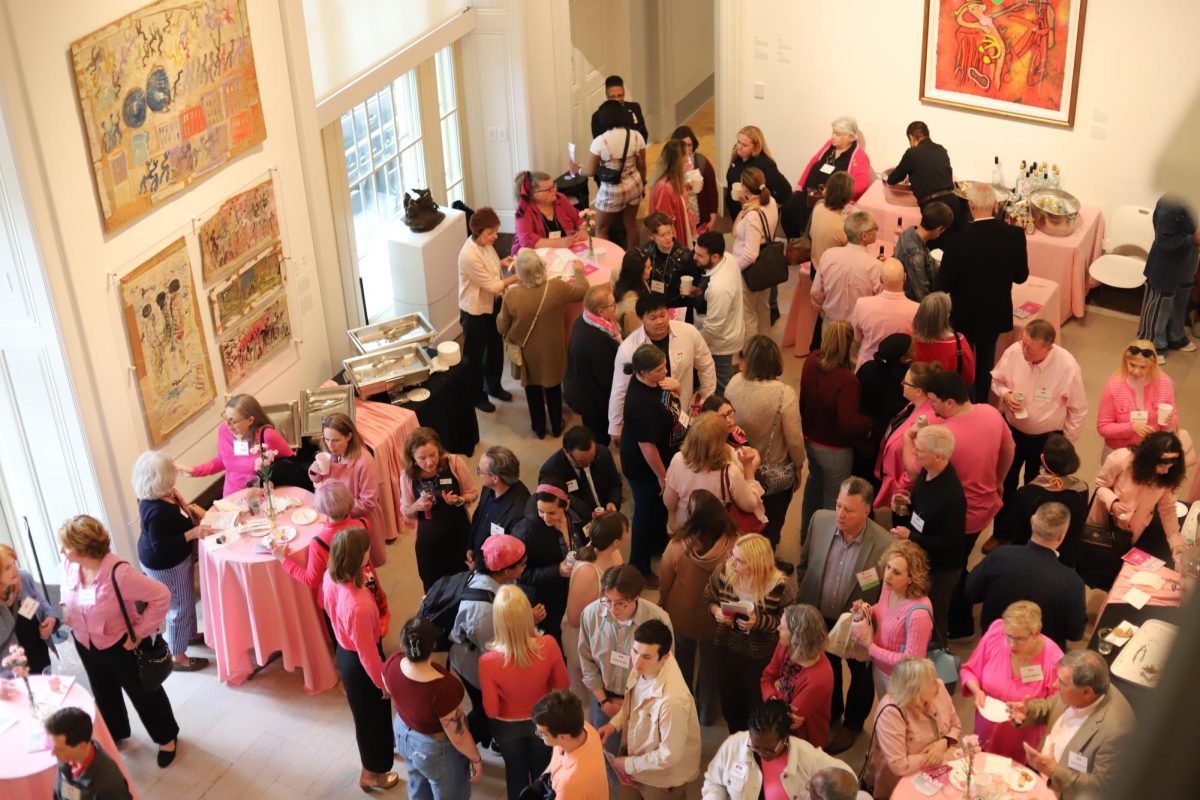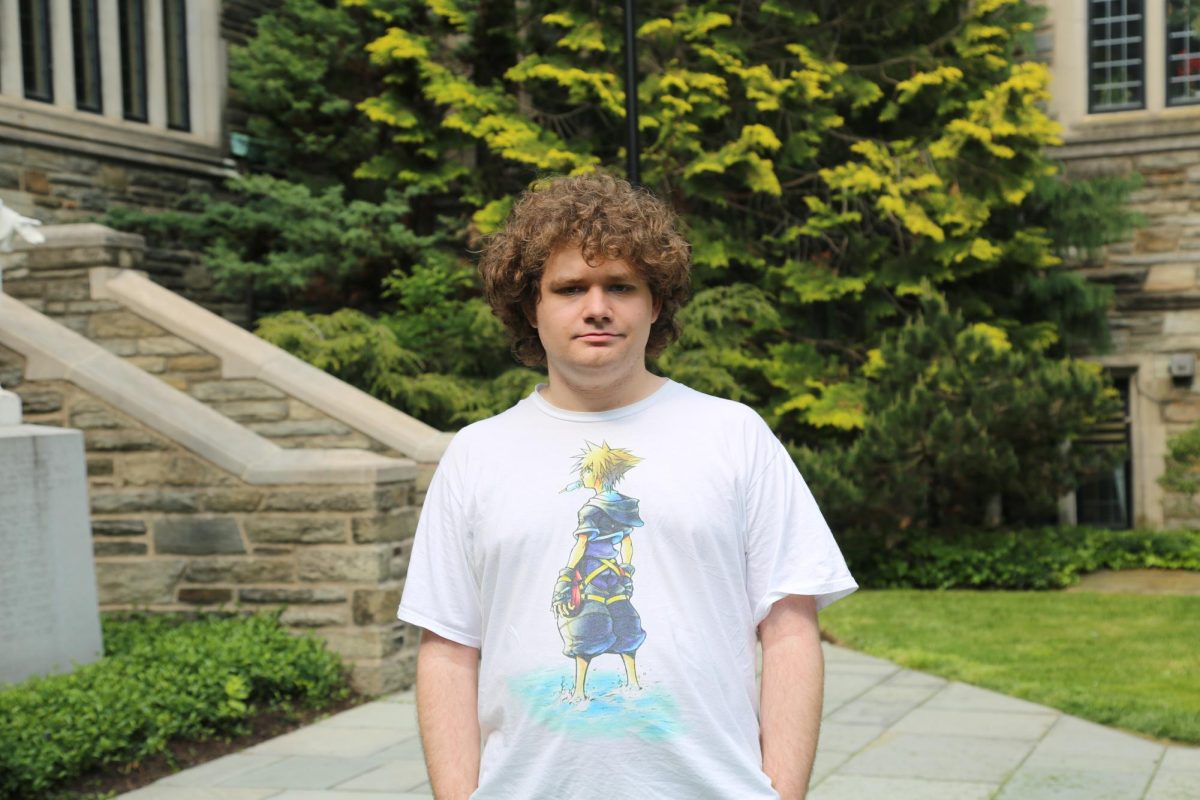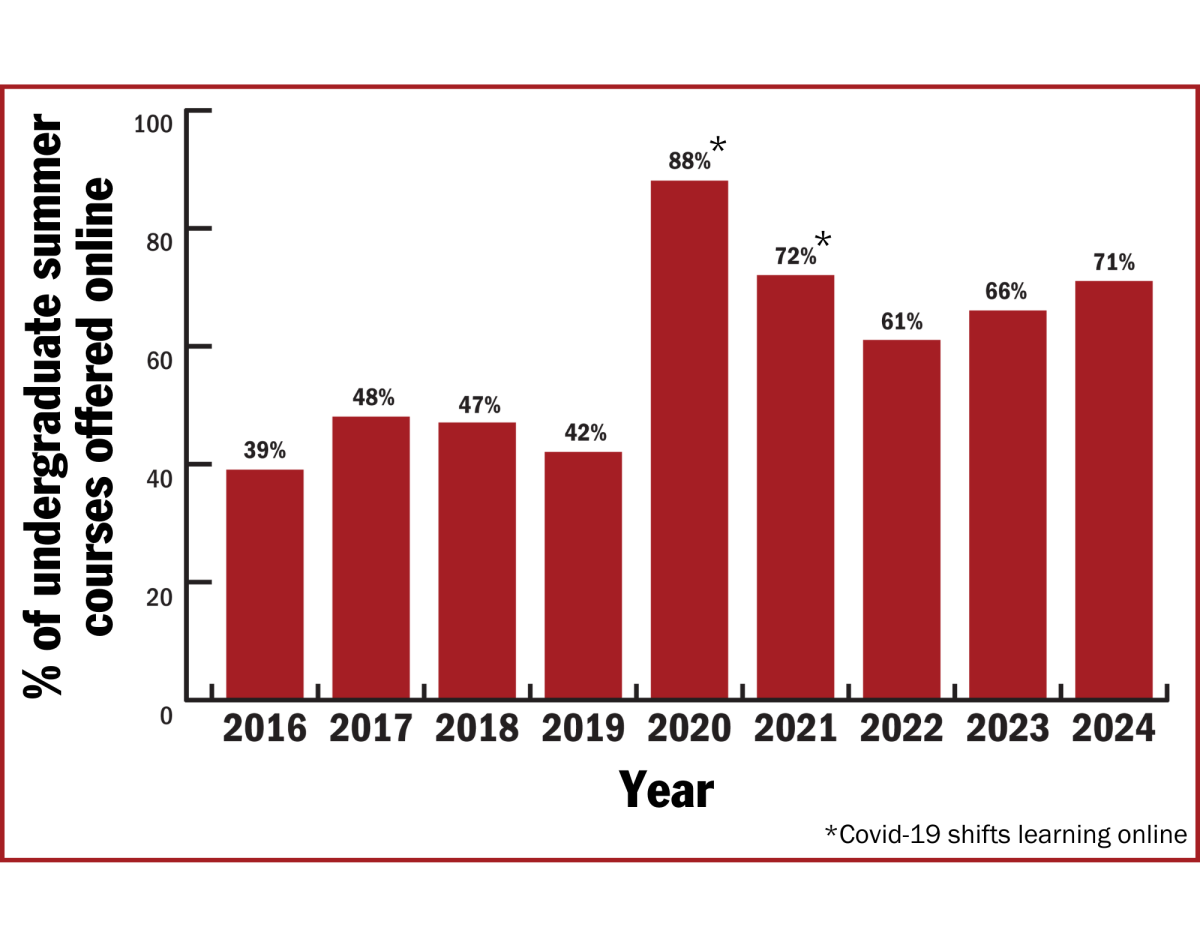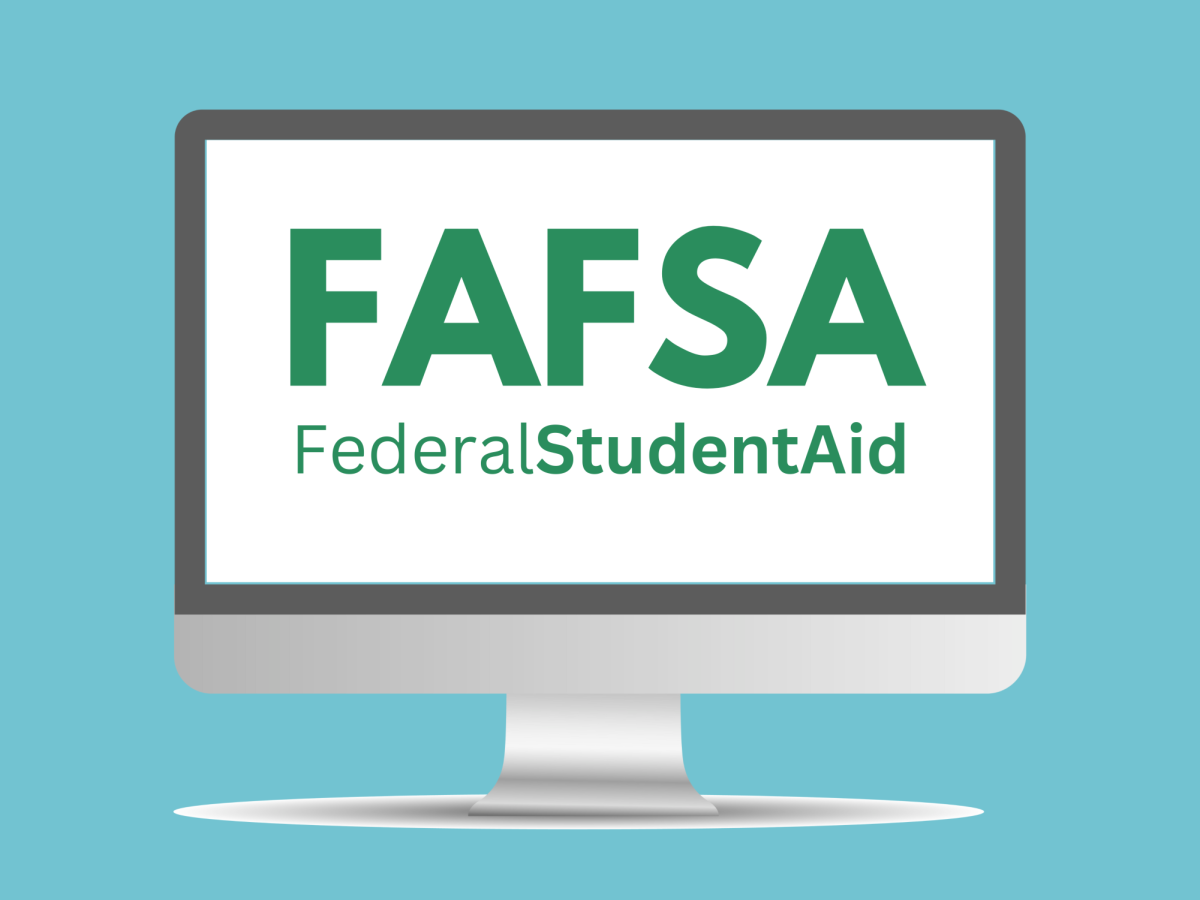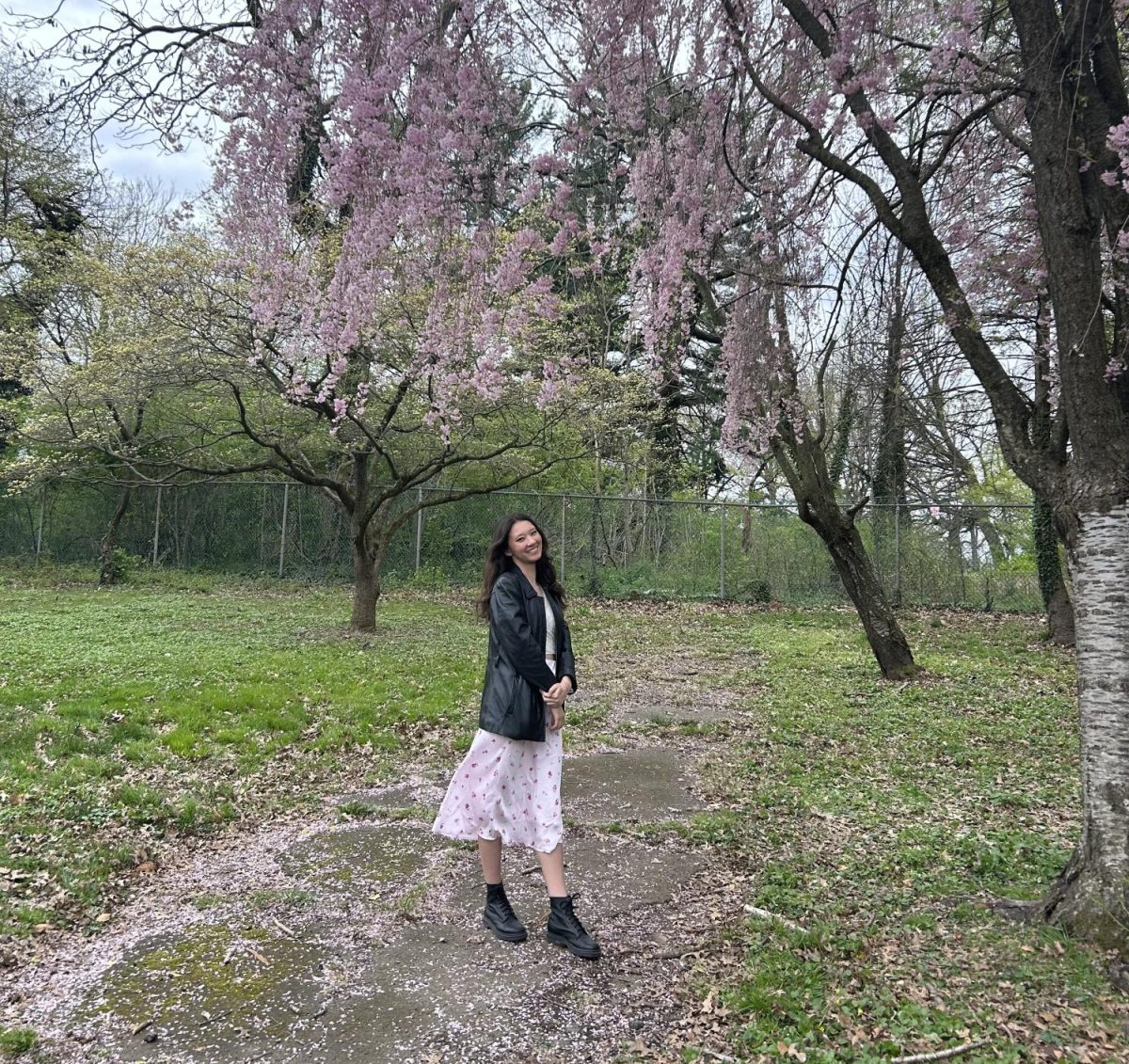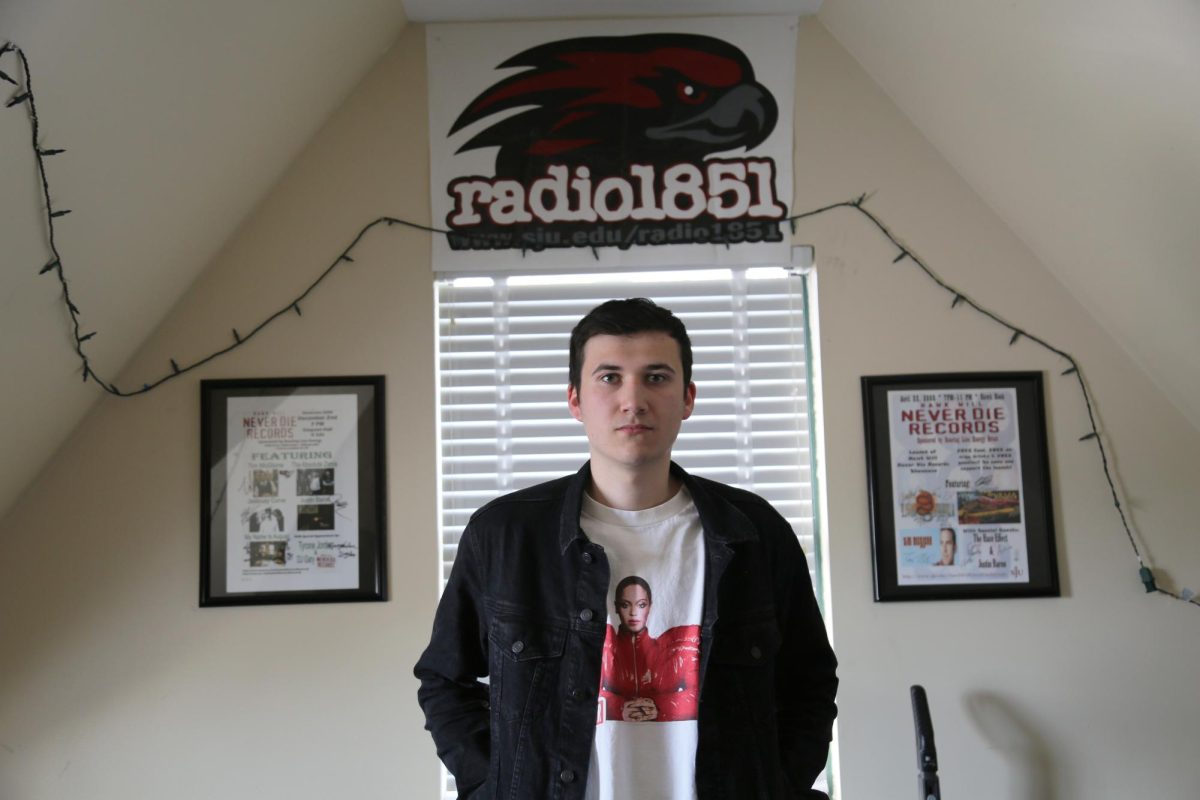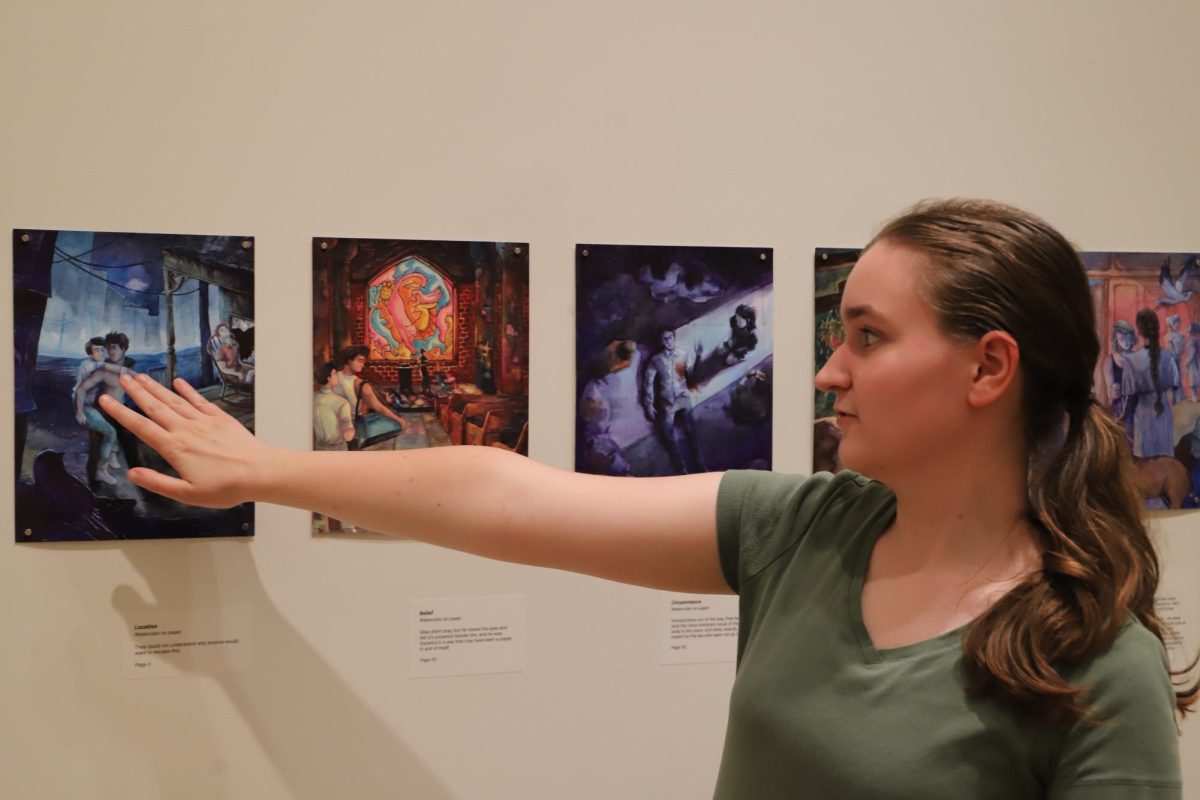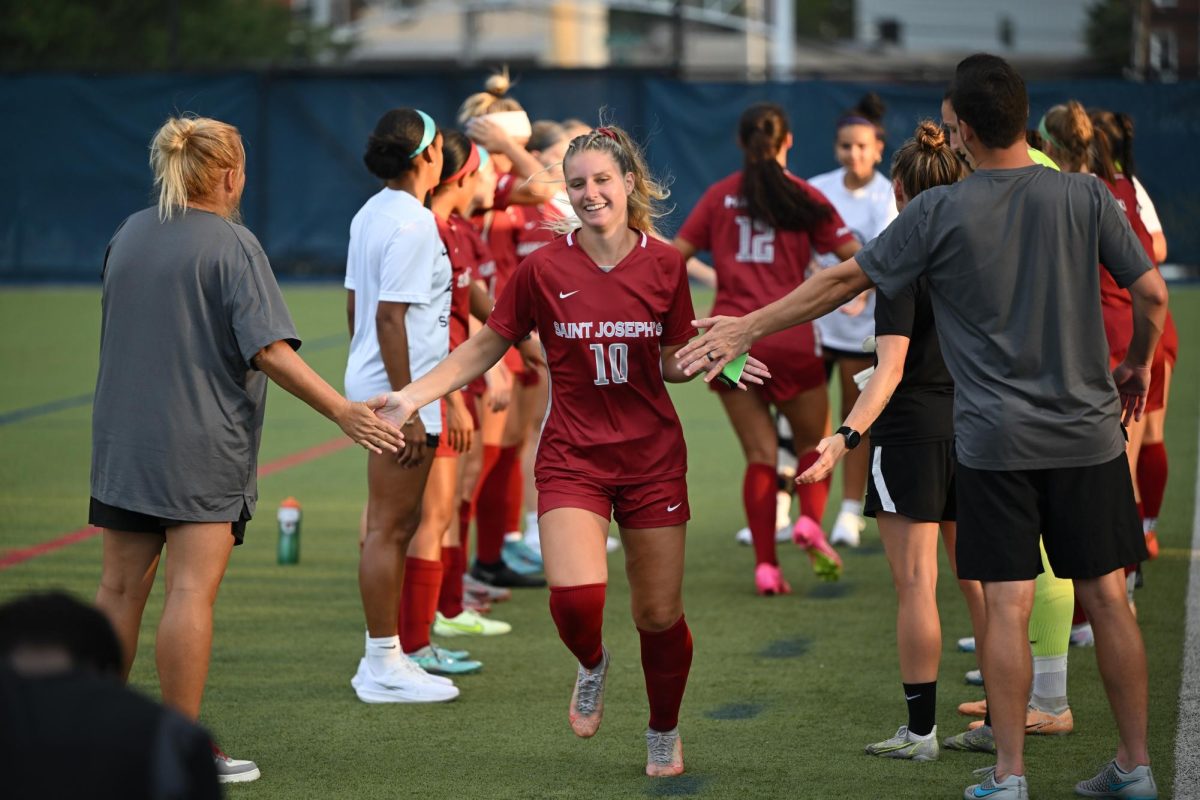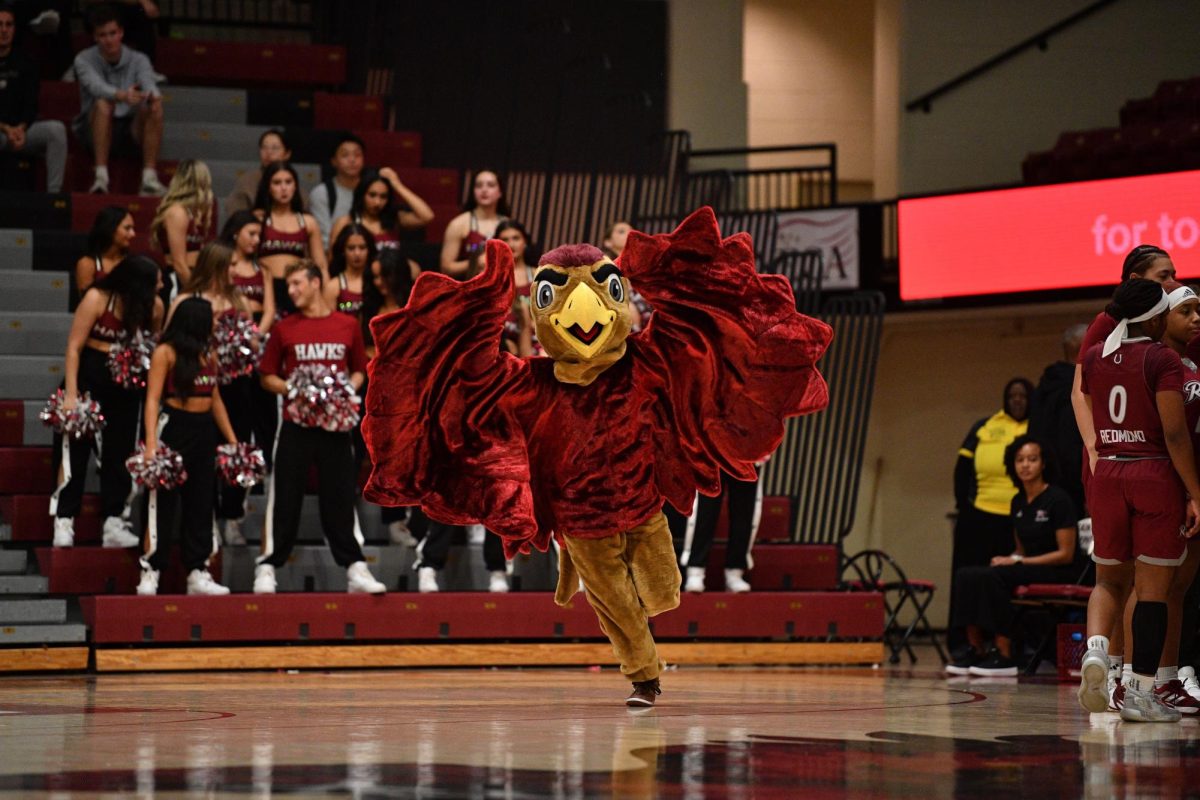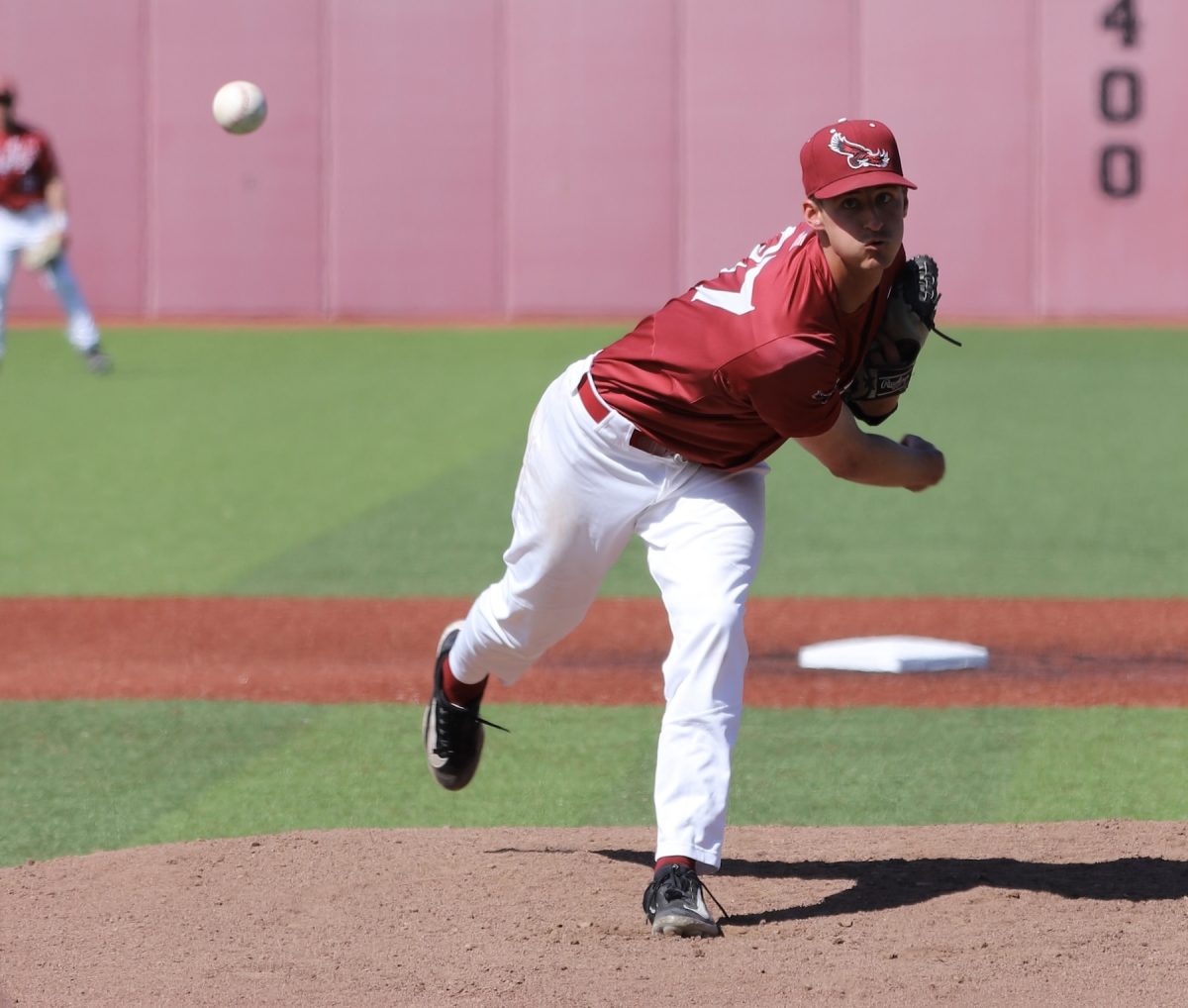What can happen to communities of color after Florence
In the wake of some serious negligence on the part of the Trump administration in addressing Hurricane Maria and Hurricane Harvey relief, I am worried about communities of people of color in the Carolinas and parts of Virginia.
Regardless of the severity of the damage that has been done and will be done by Florence, aid will be needed.
On Friday, within hours of the storm touching down on the coast of North Carolina, five people died. A mother and child in Wilmington, NC were killed by a tree falling on their home.
Devastation is not a possibility after Florence finishes careening across the Carolinas and dissipates, it is an inevitability.
As a country, we are no more prepared for this kind of ecological devastation than we were during Katrina and especially after Hurricane Maria left many American citizens in the lurch in Puerto Rico.
The Federal Emergency Management Agency, also known as FEMA, just recently cut housing funds for 987 Puerto Ricans who fled the island. And Trump’s comments regarding Hurricane Maria aid one year later and the possible aid needed for the Carolinas, aren’t particularly inspiring.
When a president outright denies that nearly 3,000 people died in the wake of Hurricane Maria, what American, especially a person of color, could feel as though they will receive help from their country?
President Trump denied that a community of color, who are American citizens (something that he tends to forget), experienced an extremely devastating amount of loss of life after a hurricane.
Trump’s statement was made without any evidence to back up his claim. I can only assume he addressed the devastating loss at all one year later because Democrats were bringing it up. It was a ploy to save face.
Couple this statement made by President Trump, the leader of the free world, with images that were recently released of water bottles, meant for Hurricane Maria relief, left on an airport tarmac to rot. This water was desperately needed in Puerto Rico.
With all of this unsupported bombast coming from the White House and these images, why should we believe that the traditionally disenfranchised communities of color in the Mid-Atlantic regions will be treated fairly in the days to come?
This weariness that I feel regarding the treatment of communities of color in the wake of Florence by the federal government isn’t solely based on Trump’s recent rhetoric and falsification of death tolls; it is also the precedent that the United States has set in the past.
The United States remains remarkably negligent and ignorant to relief efforts for communities of color affected by tropical storms, hurricanes and other natural disasters.
The Ninth Ward, a disproportionately black area in the City of New Orleans and the location of something the most harrowing images we have of the aftermath of Hurricane Katrina, is still doing construction to bring the ward back to its former glory 13 years later.
Vacant lots in the area, as of July of this year, are only now being transformed into new housing for the Lower Ninth Ward.
All of this lack of federal intervention and aid stems directly from the communities that these storms affect.
In Houston, Texas, in the aftermath of Hurricane Harvey, federal aid wasn’t given to low-income families, many of which were a part of communities of color. They were denied funding. Kashmere Gardens, a low-income and two-thirds black neighborhood in Houston, dealt with incredible loss of homes.
Nearly every home in this 10,000–person neighborhood was gutted after the storm. That community has a median-income of $23,000 a year. A median-income of $23,000 does not allow this community to rebuild in the way that it needs to.
They needed funding to rebuild and FEMA denied them. FEMA’s reasoning was that because Kashmere Gardens was in a flood zone, residents should have had flood insurance to begin with. Many of these residents didn’t know they needed flood insurance, much less could probably have paid for it without making some financial sacrifices.
Responses to natural disasters in this country from the current and past administrations don’t really endear themselves to communities of color especially when it comes to aid.
Why should a person of color believe that their life matters to a government that should be protecting and helping its most vulnerable communities?
I like to believe that with these very harrowing and very real responses by the federal government, they will wake up and learn from their mistakes.
I try not to be a cynic or a pessimist in regards to situations like this, because I do believe that the country will rally around its people. I do believe that the federal government will one day heed all of this and respond better and more effectively.
We can certainly hope and pray that Maria and Katrina and other natural disasters that disproportionately affected people of color will serve as lessons to the federal government that we rely upon in our times of need.
We should hope and pray, but we shouldn’t hold our collective breath, at least not now.

